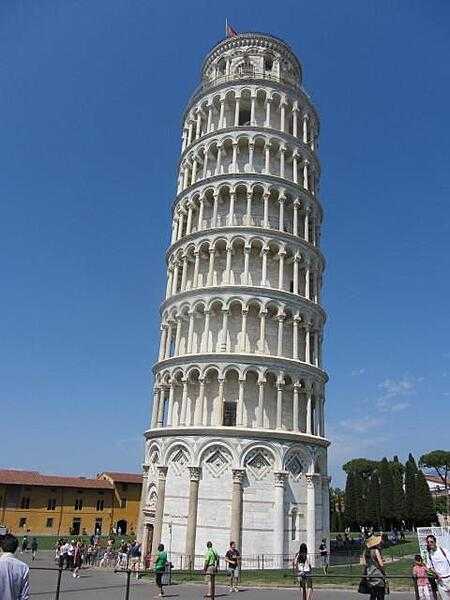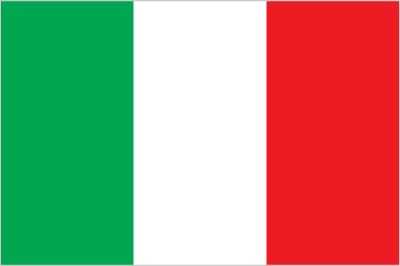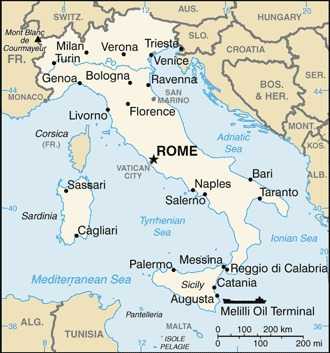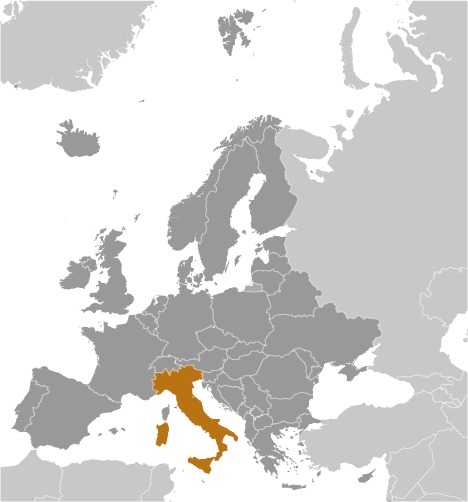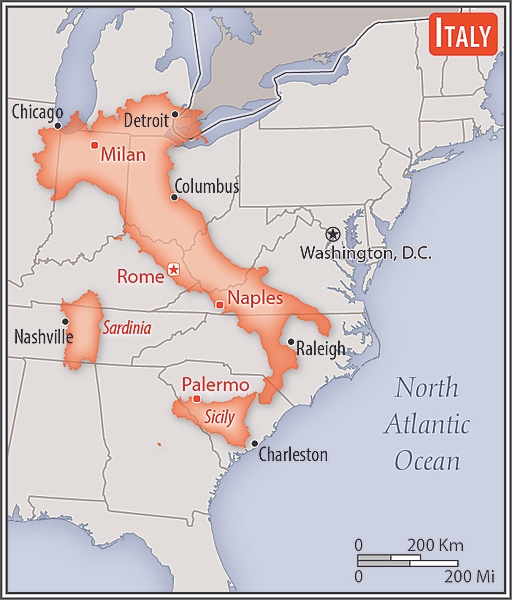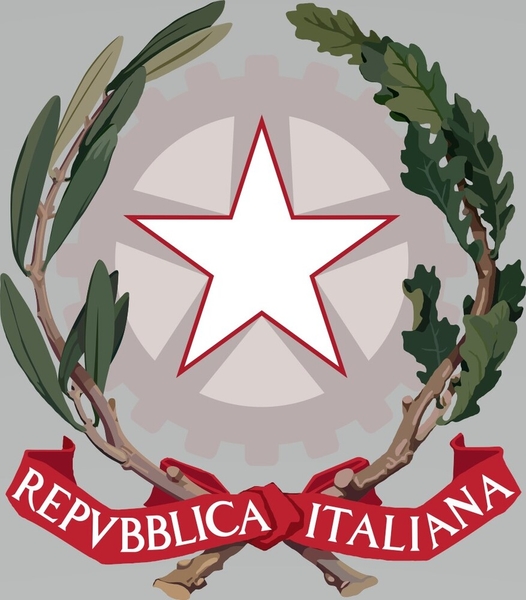Introduction
Visit the Definitions and Notes page to view a description of each topic.
Geography
People and Society
Population
comparison rankings: total 24; male 25; female 24
Languages
Median age
comparison ranking: total 5
Population growth rate
comparison ranking: 201
Birth rate
comparison ranking: 222
Death rate
comparison ranking: 22
Net migration rate
comparison ranking: 33
Maternal mortality ratio
comparison ranking: 163
Infant mortality rate
comparison ranking: total 207
Life expectancy at birth
comparison ranking: total population 19
Total fertility rate
comparison ranking: 219
Obesity - adult prevalence rate
comparison ranking: 108
Alcohol consumption per capita
comparison ranking: total 51
Tobacco use
comparison ranking: total 71
Education expenditure
comparison ranking: Education expenditure (% GDP) 105
Environment
Carbon dioxide emissions
comparison ranking: total emissions 19
Government
Economy
Real GDP (purchasing power parity)
comparison ranking: 11
Real GDP growth rate
comparison ranking: 185
Real GDP per capita
comparison ranking: 37
Inflation rate (consumer prices)
comparison ranking: 23
GDP - composition, by sector of origin
comparison rankings: agriculture 151; industry 122; services 52
Industrial production growth rate
comparison ranking: 130
Labor force
comparison ranking: 27
Unemployment rate
comparison ranking: 123
Youth unemployment rate (ages 15-24)
comparison ranking: total 49
Gini Index coefficient - distribution of family income
comparison ranking: 91
Public debt
comparison ranking: 8
Taxes and other revenues
comparison ranking: 19
Current account balance
comparison ranking: 20
Reserves of foreign exchange and gold
comparison ranking: 13
Energy
Electricity
comparison rankings: installed generating capacity 12; consumption 15; exports 45; imports 2; transmission/distribution losses 187
Energy consumption per capita
comparison ranking: 53
Communications
Telephones - fixed lines
comparison ranking: total subscriptions 13
Telephones - mobile cellular
comparison ranking: total subscriptions 23
Broadband - fixed subscriptions
comparison ranking: total 13
Transportation
Merchant marine
comparison ranking: total 18
